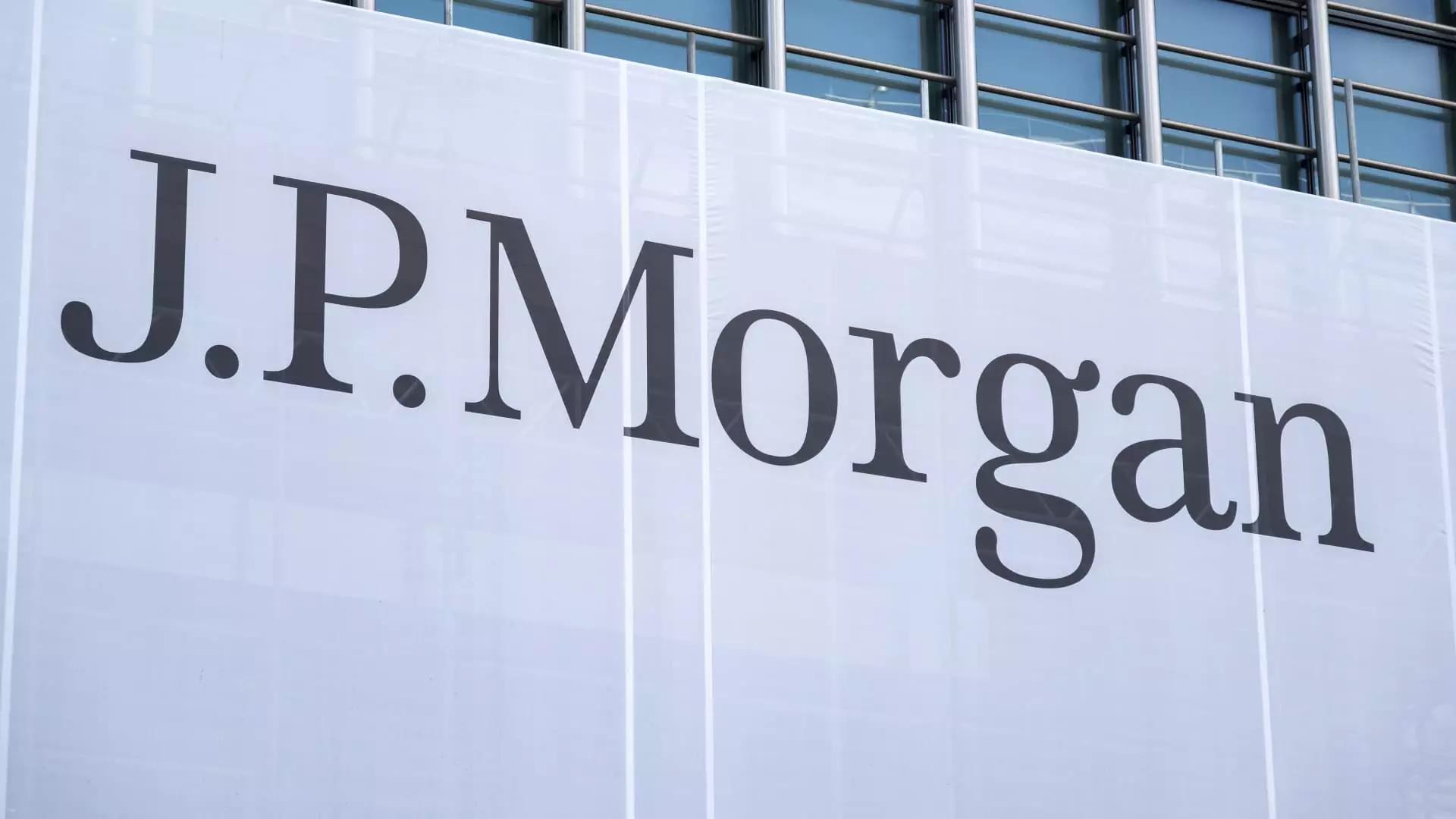Recent news regarding JPMorgan Chase has taken a turn, with Baird analyst David George recommending investors to reconsider their positions in the company’s stock. George downgraded JPMorgan from a neutral to an underperform rating, setting a price target at $200—a decline of approximately 19% from its latest closing price. This advisory raises important questions about the current valuation and prospects of one of the largest banks in the United States.
George’s analysis hinges on what he describes as an unfavorable risk-reward ratio for JPMorgan Chase stock. He cites an over-earning scenario with both net interest income and credit performance outpacing expectations, suggesting that the stock’s current trading levels are inflated. His estimates highlight significant multiples, including a tangible book value of around 2.6 times, earnings per share projections of over 14 times for 2026, and pre-provision net revenue at approximately 10 times—indicators that are alarmingly high when compared to historical norms.
This concern over inflated multiples necessitates a critical discussion about how market dynamics affect stock valuations, especially in a landscape where investor sentiment can shift rapidly. George’s assertion that expectations are excessively high could resonate with investors who have seen market volatility transform perceived safe havens into risk-laden investments.
Adding another layer to this analysis, George mentions the potential for a more favorable regulatory environment under a hypothetical second Trump administration. Typically, such an environment would suggest enhanced prospects for capital returns, including stock buybacks. However, the analyst predicts that JPMorgan will not amplify its buyback initiatives, asserting that, at current stock prices, buybacks may not significantly impact earnings per share, nor represent an optimal allocation of capital.
This stance departs from conventional wisdom, where increased buybacks are often viewed positively, as a means for companies to return value to shareholders. Yet, George’s perspective may reflect a growing concern regarding the sustainability of such strategies in the face of high valuation metrics, challenging the traditional playbook that banks typically follow when flush with cash.
George’s recommendation sharply contrasts with the consensus formed among other analysts covering JPMorgan Chase. According to LSEG data, a majority of 15 out of 24 analysts continue to support a buy or strong buy rating for the stock. This divergence raises important discussion points about the reliability of analyst ratings and the influence of prevailing market sentiment.
Investors are frequently caught in a balancing act between differing interpretations of a stock’s future trajectory. The dichotomy between George’s cautious approach and the bullish sentiment from other analysts offers a stark reminder of how varied perspectives can lead to significant discrepancies in investment strategies.
In a market context characterized by uncertainty and rapid changes, the recommendation to sell JPMorgan Chase shares poses critical implications for investors. As they weigh this analysis against broader market trends and analyst opinions, careful consideration should be given to the underlying fundamentals and macroeconomic factors that could shape the outlook for financial institutions. The ultimate takeaway is clear: navigating the landscape of investment requires diligence, skepticism, and an open mind about the potential pitfalls inherent in even the most reputable of stocks.


Leave a Reply